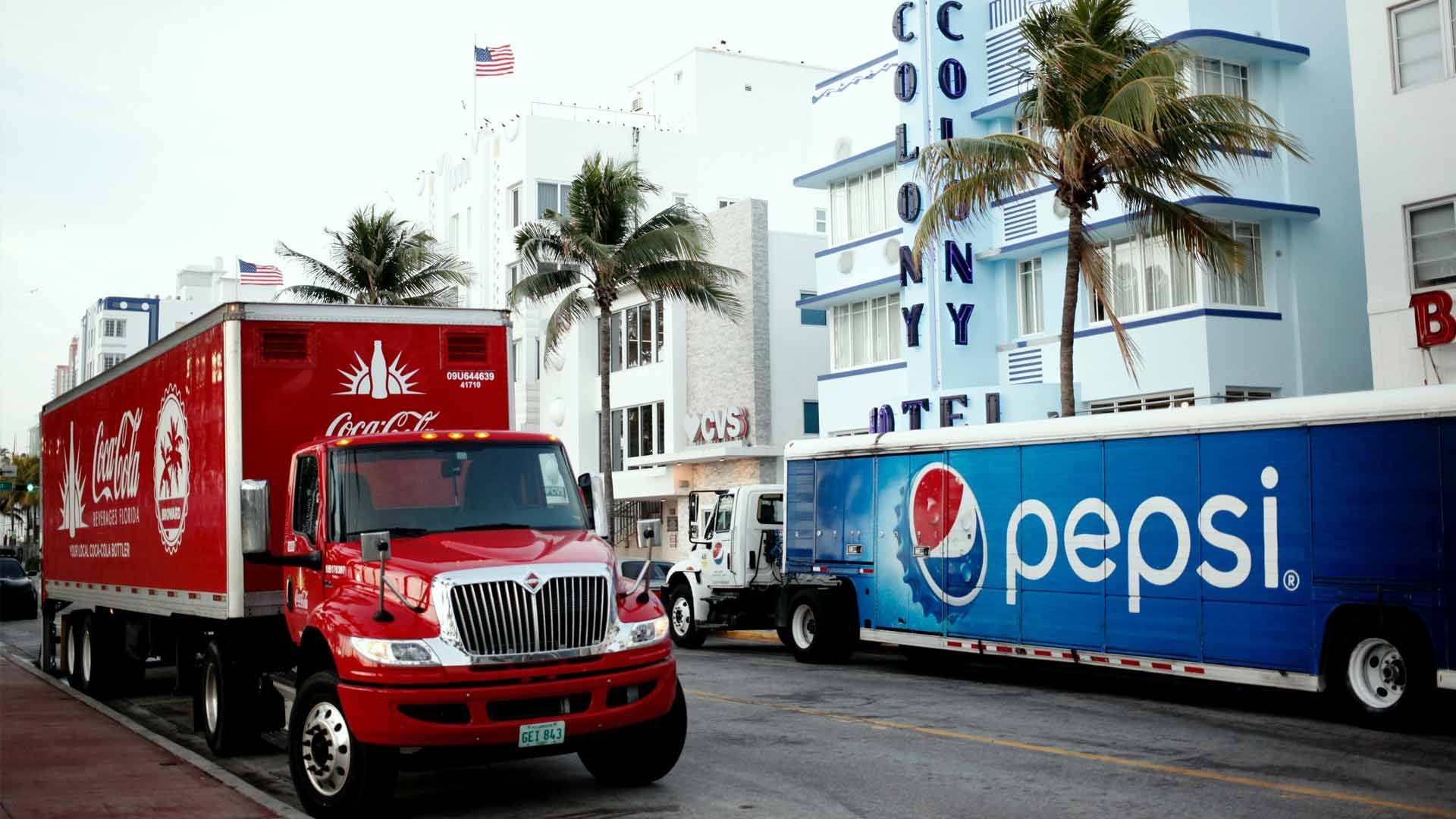In 1964, incumbent Lyndon Johnson was running for president against challenger Barry Goldwater. In most elections, it’s hard to point to a single moment that wins or loses it for each candidate, but September 7 was almost definitely the turning point for Goldwater’s fortunes. That’s because September 7 is the night the “Daisy” ad aired.
The backstory: Goldwater’s campaign had expressed interest in more aggressive military action, particularly in Vietnam, while Johnson preferred de-escalation. In fact, Goldwater’s campaign had suggested he’d be willing to use nuclear weapons in some cases, while Johnson hadn’t really put them on the table. Johnson’s campaign, therefore, decided to capitalize.
The ad only ran once, but it only really needed to run once. It was everywhere on the news, and it did the job. Johnson won with what was at the time the largest majority in over 140 years.
The issue isn’t that people just liked Johnson more. It’s that Goldwater became “the candidate who wants to nuke Vietnam” in the eyes of voters. The Johnson campaign was successfully able to redefine who Goldwater was—they were able to rebrand him, essentially—and it worked to such an extent that sixty years later, the “Daisy” ad is still one of the most recognizable political ads ever made.
Apple brands the Microsoft Nerd
This is an important concept for marketing in general. Coming out of the 90s, Microsoft was the only computer game in town. If you wanted a computer there was only one thing to buy: a Windows PC. Apple had been on the verge of bankruptcy and nobody bought their products. However, in the early 2000s, Steve Jobs returned and Apple launched its new operating system.
Apple’s marketing team realized that Microsoft’s brand wasn’t really defined. They’d never had any real competition. Microsoft’s brand was basically “we’re the ones who sell Windows, and your computer has to have Windows.”. So Apple devised a clever advertising campaign in which they took it upon themselves to brand Microsoft.
The ad campaign made Microsoft the boring nerd. Apple branded themselves as the cool, successful, young guy. They repeated themes that Apple was ideal for doing artsy things and Windows was for boring things like accounting. In their ads, every conceivable problem your computer could encounter was applied to PCs, where the Apple computer was blame-free.
Apple’s ad campaign was extremely successful. Despite the fact that Apple and Microsoft don’t really have inherently different operating systems—that is, you don’t have to have an Apple computer to do graphic design, and you don’t have to use a PC for accounting—Apple was able to convey the idea that they are superior, and make it stick.
They also made Microsoft look like a boring product and associated it with everything that frustrated people about computing. It wasn’t until just a few years ago that Microsoft finally attempted to combat the rebranding with a rebranding of their own. However, by then Microsoft had ceded large chunks of their market share to Apple, almost all graphic design businesses use Apple computers, and lecture halls at universities are filled with Macbook Pro laptops.
Microsoft let Apple define their brand.
Define yourself before others can.
If you don’t control your brand, your competitors will. And they’re certainly not going to do you any favors by portraying you nicely. You’re not going to be the cool hipster—you’ll be the boring nerd, and in the vast majority of cases that’s a really bad sign for your brand. So the answer, obviously, is to take what steps you can to control your brand. If you feel like your brand is vulnerable to other brands in your space, do the work now to strengthen your brand and establish it in the way you want it to live in the market. If it’s too far gone to save now, it might be time for you to rebrand.
Whatever you decide your brand needs in order to prevent your competitors from redefining you as they see fit, you absolutely have to take action, and you cannot wait. You can’t just hope your competitors are going to be nice and leave you alone. You have to be prepared, and take action to shore up your “defenses” and build a brand that you can be proud of—and that your market can’t take down.





